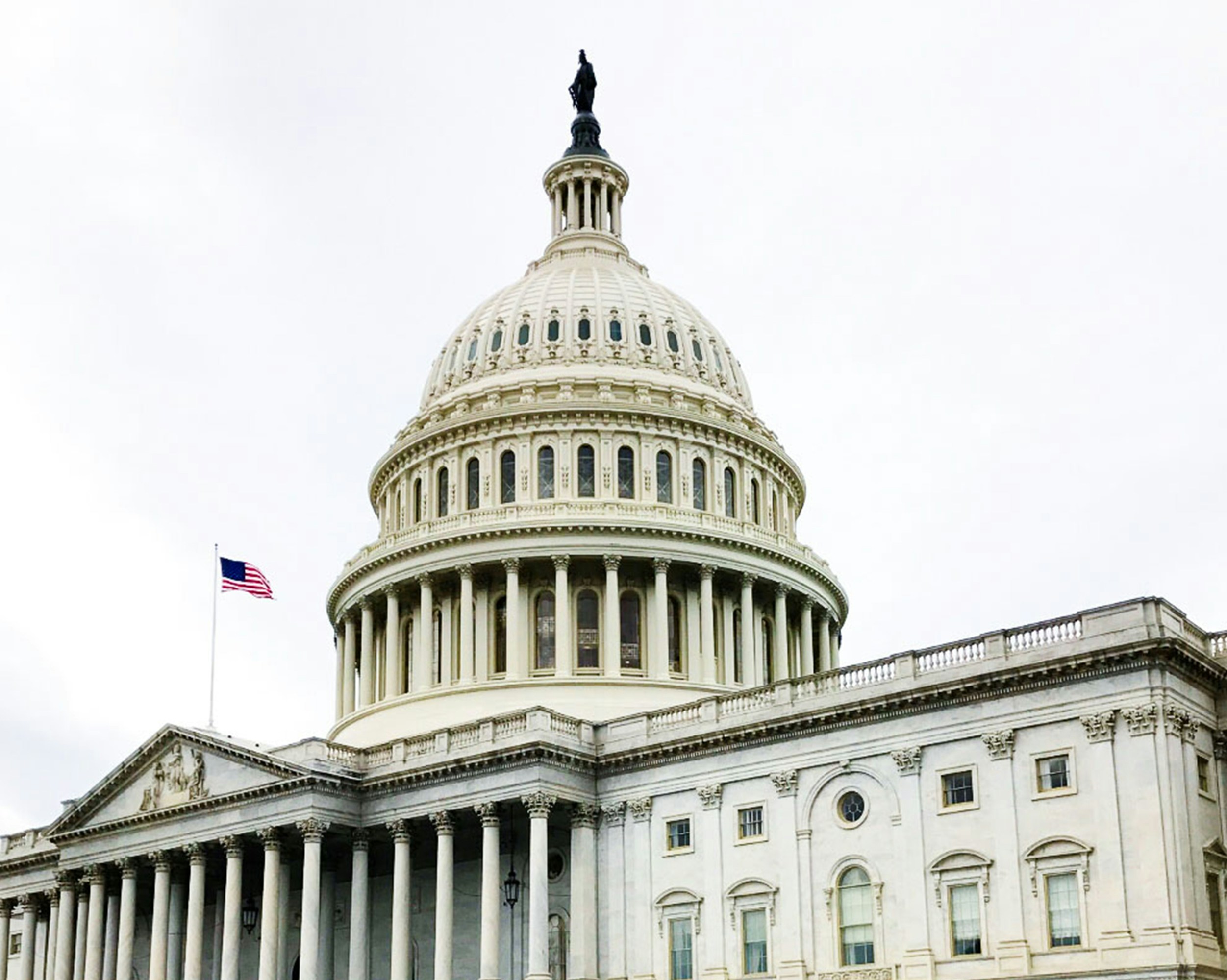
NLRB’s Radical Revisions to Union Recognition and Election Procedures
- Breaking News
Labor Day began in 1882 as a recommendation from the American Federation of Labor for “a general holiday for the laboring classes” in recognition of their contributions to our country. It has since transformed to include a “State of the Union(s)” analysis. Thanks to the National Labor Relations Board, unions last Friday received an unprecedented boost from the NLRB.
The NLRB held that if a union presents an employer with evidence that it represents the majority of its employees in an appropriate bargaining unit, the employer must recognize and bargain with the union or file a petition for election and/or to challenge the unit within two weeks. Otherwise, the employer commits an unfair labor practice in failing to bargain with the Union. This decision reverses over 50 years of precedent under which the organizing union typically has the burden to initiate an election which it must then win to be recognized.
Further, in the same decision, Cemex Construction Materials, the Board held that if the employer commits an unfair labor practice during the election campaign and the union loses the election, the remedy will be to dismiss the employer’s petition—no rerun election—and the employer is stuck with the union. Unfair labor practices as minimal as one supervisor’s one comment to one employee could invalidate the election and thus the employer become unionized.
Also, the NLRB last Thursday issued its final rule establishing “ambush” elections, where instead of six weeks for an election cycle, a secret ballot election could be conducted in 20 days. This new rule becomes effective December 26, unless the business community can find a federal court to enjoin it.
What’s next?
The NLRB is considering permitting an electronic showing of interest for unionization. Instead of signed authorization cards, the Board would accept email/text affirmation from an employee of union support. Imagine that situation: how a union could amass electronically “signed” cards from a majority of employees before the employer even knows about it. Combine this possibility with the new election cycle and burden on the employer and we have a perfect storm for unionization of the unaware/uninformed/unprepared employer.
What should a union-free employer do?
1. Focus on training supervisors/managers about what causes unionization and their rights and role to help the employer remain union-free. Focus on what they can and should do, not what they cannot do. Review how they should respond if presented with a petition purporting to show that a majority of employees want a union.
2. Establish the framework of a “sprint” campaign approach if a petition is filed. With a quick timetable for an election, there will not be the luxury of vetting material/communications/messages—the employer must have a framework for moving quickly.
3. Conduct annually an in-person culture assessment based on one-on-one interviews with supervisors and managers. What concerns employees? How do we address that? What are we doing well?
4. Communicate the union-free message to the workforce. An overall approach I prefer is that “We are committed to a workplace culture where no employee will ever feel the need to take a workplace issue or concern off of the premises.”
If you have any questions or would like to discuss this further, please contact Richard Lehr at 205-323-9260 or rlehr@lehrmiddlebrooks.com.





